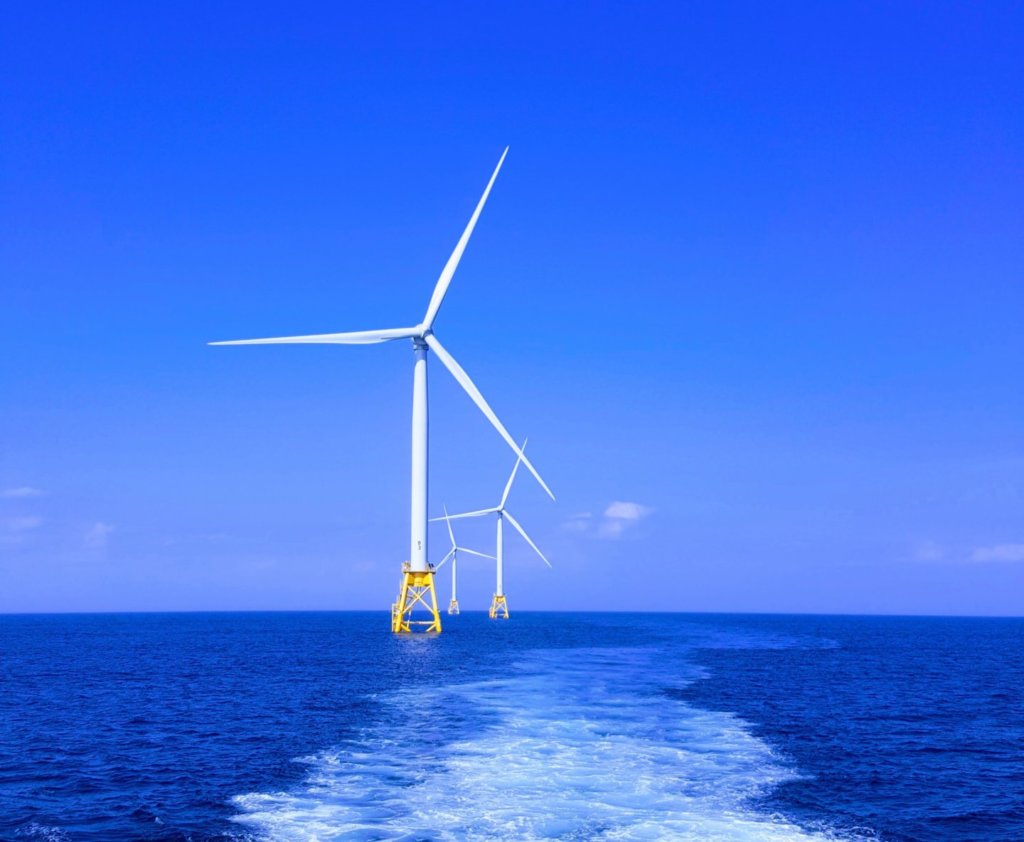On 23 March 2022, the National Development and Reform Commission (NDRC) published the “Medium and Long-term Plan for Hydrogen Energy Industry Development (2021-2035)”. This is the first time China’s central government issues a comprehensive strategy for hydrogen development. The document sets goals for the time until 2035. It states that hydrogen shall play a key role in the development of China’s energy sector, and in reaching the 2030/2060 carbon peaking and carbon neutrality goals. Until 2035, China strives to establish an integrated hydrogen supply chain with applications covering transportation, energy storage and industry.
Today, China is the world’s largest hydrogen producer with an annual production of 33 million tons of hydrogen. Approximately 60% of its hydrogen is generated from coal, followed by natural gas (25%), other sources and industrial by-products (14%), and electrolysis (1%). The plan states that until 2025 China’s renewable hydrogen production will reach 100,000 to 200,000 tons per year (3.3-6.7 TWh, or 1.3 GW of electrolysis capacity). While no concrete figures are given, the plan aims at further increasing the share of hydrogen from renewable sources until 2035.

The planning document states that the number of fuel cell electric vehicles (FCEV) will be increased to 50,000 by 2025 (today: approx. 7.800 FCEV; mainly busses and trucks). China will build more hydrogen refuelling stations (HRS). In total, the central government expects that hydrogen will contribute to around 1-2 million tons of carbon dioxide reduction per year (total emissions 2019: 10.2 bn tons).
China will establish an inter-ministerial group to coordinate the development of the hydrogen industry and formulate supporting policies. Lawmakers will publish a “1+N” policy for the hydrogen industry, strengthen financial support and promote hydrogen application via pilot projects.
The document lays out four key tasks for the development of the hydrogen economy in China (see info box below). Notably, the document does not only refer to renewable hydrogen but further aims at increasing the share of hydrogen from industrial by-products and promoting research in nuclear power generated hydrogen. In comparison to local hydrogen policies of the past, the central government makes no mention of promoting grey (from fossil fuels, no capturing of CO2) or blue hydrogen (from fossil fuels, CO2 is captured).
Info box: Key tasks
| 1. Innovation system to support the high-quality development of the hydrogen industry |
| Continuously improve core technological capabilities: Improve key technologies for hydrogen production, storage, transportation and application, specifically PEM fuel cells. Create an industrial innovation support platform. Build capacities for a hydrogen workforce. Participate in international cooperation and standardization activities. |
| 2. Coordinate and promote the construction of hydrogen energy infrastructure |
| The layout of hydrogen production facilities: encourage the utilization of hydrogen from industrial by-products, hydropower and renewable sources, explore the application of hydrogen for seasonal energy storage and support at peak load periods, promote R&D in solid oxide electrolysers, and hydrogen production from PV, seawater and nuclear power, explore the establishment of hydrogen production bases in proximity to large-scale demand centres. Build a storage and transportation system: improve high-pressure gaseous storage and transportation, reduce costs and accelerate commercialization, promote industrial application of low-temperature liquid hydrogen storage and transportation, explore solid-state, deep-cooled high pressure, and organic liquid transportation and storage, demonstrate hydrogen pipelines and hydrogen blending into conventional natural gas pipelines. Planning of hydrogen refuelling network: promote the construction of a hydrogen refuelling network and stations, explore hydrogen refuelling stations that integrate hydrogen production, storage and refuelling. |
| 3. Promote demonstration projects and diverse applications |
| Promote demonstration projects in transportation. Implement demonstration projects in energy storage: implement hydrogen energy storage pilot projects for increasing renewable energy consumption, support during peak grid loads and other applications, explore the integration of renewable energy production with hydrogen energy storage, form a power system that integrates pumped storage, battery storage and hydrogen storage. Applications in the field of power generation: establish distributed cogeneration facilities based on hydrogen fuel cells, and promote utilization of hydrogen in urban districts, industrial parks, mining districts, and ports. Explore further industrial hydrogen applications. |
| 4. Improve policies and standards |
| Establish and improve policies for hydrogen energy. Establish and improve a standard system for hydrogen energy. Strengthen safety supervision. |
Further Information (CHN)
